Description
A body protector (or safety vest) is a crucial piece of safety equipment for horse riders, designed to protect the torso and vital organs in the event of a fall, impact, or kick. Body protectors are particularly important in high-risk disciplines like eventing, cross-country, show jumping, and for novice riders or children. Here’s a detailed look at body protectors:
1. Purpose of a Body Protector:
- Impact Protection: The primary function of a body protector is to reduce the risk of injury to the spine, ribs, and internal organs by absorbing and dispersing the force of impact.
- Rider Confidence: Wearing a body protector can provide an added sense of security, especially for new or nervous riders.
2. Types of Body Protectors:
A. Standard Body Protectors:
- Purpose: These are the most common type of body protector, used in various equestrian disciplines.
- Features:
- Consist of foam panels that cover the chest, back, and sometimes the shoulders.
- Designed to disperse the impact energy and reduce the risk of injury in case of a fall or collision.
- Available in both men’s, women’s, and children’s sizes, with adjustable straps for a snug fit.
B. Air Vests:
- Purpose: A newer type of body protection, air vests are inflated upon impact, providing additional cushioning and protection to the rider.
- Features:
- Worn over a standard body protector or alone, depending on the discipline.
- Triggered by a lanyard attached to the saddle. When the rider falls, the lanyard pulls out a key from the air canister, inflating the vest in milliseconds.
- Offers full coverage to the torso, including the chest, back, and sides.
- Lightweight and comfortable when not inflated.
C. Shoulder Protectors:
- Purpose: Often used in conjunction with body protectors, shoulder protectors help prevent injuries to the collarbone and shoulder area.
- Features:
- Attach to the body protector, providing additional coverage to the shoulders.
- Recommended for eventers, show jumpers, or those at a higher risk of falling onto their shoulders.
3. Body Protector Safety Standards:
- BETA Levels (British Equestrian Trade Association): Body protectors are classified into different levels based on the amount of protection they provide.
- Level 1: Lowest level of protection, typically used for low-risk activities like flat racing.
- Level 2: Provides a medium level of protection and is recommended for riding in controlled environments like arenas or for lower-risk disciplines.
- Level 3: The highest level of protection, recommended for eventing, cross-country, show jumping, and general riding, especially for novice riders.
- EN 13158 Standard: An international standard for body protectors, ensuring they meet specific criteria for shock absorption and coverage.
4. Key Features to Look For:
- Fit and Adjustability:
- A body protector should fit snugly without restricting movement. It should cover the front, back, and sides of the torso while allowing for freedom of movement.
- Most body protectors come with adjustable straps on the shoulders and sides to achieve a custom fit.
- Some models offer gender-specific designs, catering to different body shapes.
- Ventilation:
- Many modern body protectors feature breathable materials or ventilation panels to help keep riders cool, especially during intense activity.
- Look for lightweight materials that do not compromise protection but still provide comfort during long rides.
- Flexibility:
- Body protectors should be flexible enough to allow the rider to move comfortably in the saddle.
- Foam panels are often segmented to allow for better movement while maintaining safety.
- Weight:
- A lightweight body protector is more comfortable for long hours of riding. Air vests are typically lighter than traditional foam body protectors but should still meet the required safety standards.
- Coverage:
- Ensure that the protector covers all vital areas, including the chest, back, and ribs. Some riders prefer additional shoulder protection, especially in high-risk disciplines.
5. Choosing the Right Body Protector:
- Discipline: Different disciplines require varying levels of protection. For example, eventing and cross-country riders usually opt for Level 3 protectors or air vests due to the higher risk of falls.
- Size: Body protectors come in a range of sizes. It’s essential to measure your chest, waist, and torso length to find the correct size. The body protector should reach your tailbone at the back but not be so long that it interferes with your seat in the saddle.
- Comfort: Try on different models to ensure the protector is comfortable when riding. You should be able to bend, twist, and move naturally without feeling restricted.
- Safety Certification: Always choose a protector that meets or exceeds safety standards for your region. In the UK, for example, body protectors must adhere to the BETA or EN 13158 standard.
6. Popular Body Protector Brands:
- Racesafe:
- Known for their lightweight and flexible body protectors.
- Offers customizable fit options with adjustable side and shoulder straps.
- Airowear:
- A leading brand in body protectors, known for their gender-specific designs and high level of protection.
- Offers a range of models for different disciplines and levels of protection.
- Hit-Air:
- A popular brand for air vests, known for their lightweight design and rapid inflation upon impact.
- Offers options for both everyday riding and competitive disciplines.
- Point Two:
- Another well-known brand for air vests, providing excellent protection for eventers and show jumpers.
- Their vests are highly regarded for quick inflation times and ease of use.
7. Care and Maintenance:
- Cleaning: Most body protectors can be wiped down with a damp cloth. Some come with removable covers that can be washed. Air vests typically have removable canisters that need to be replaced after activation.
- Replacement: Body protectors should be replaced after a significant impact, even if there are no visible signs of damage. Over time, the protective foam can degrade, so it’s a good idea to replace body protectors every 5-7 years.
- Storage: Store body protectors in a cool, dry place away from direct sunlight. Prolonged exposure to heat or humidity can cause the materials to degrade.
8. Body Protectors for Children:
- Importance: Body protectors are especially important for young riders, as they are more vulnerable to injuries in the event of a fall.
- Fit: Make sure to choose a body protector specifically designed for children. These are often adjustable to grow with the child.

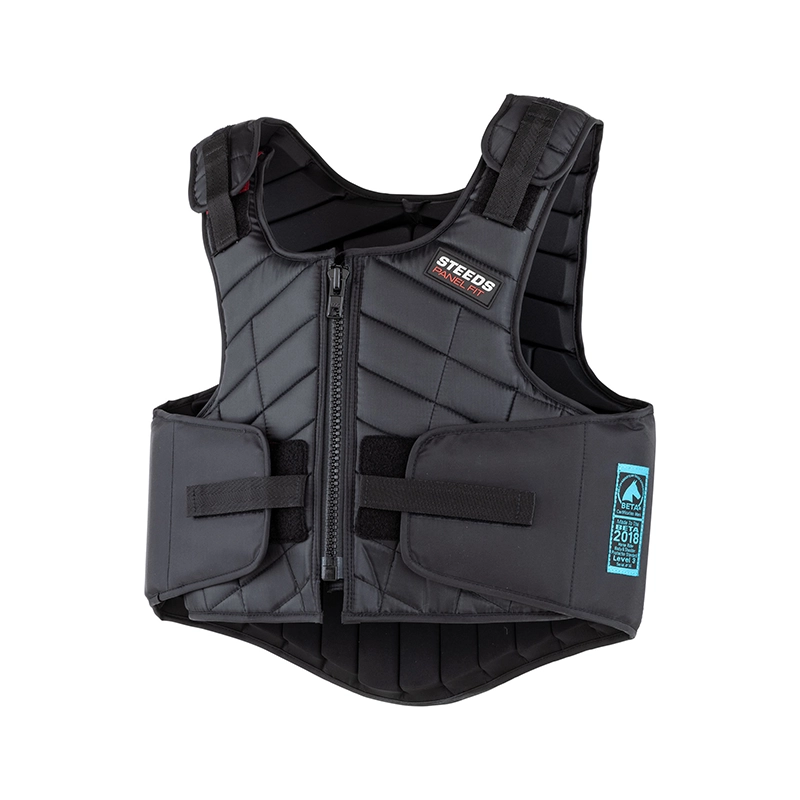
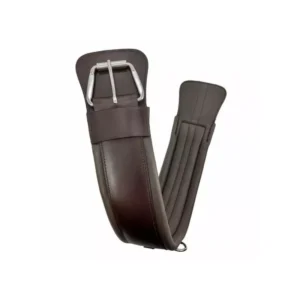
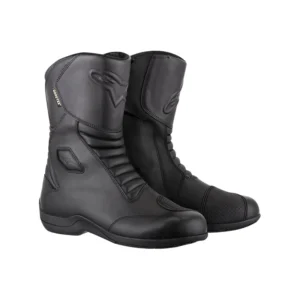
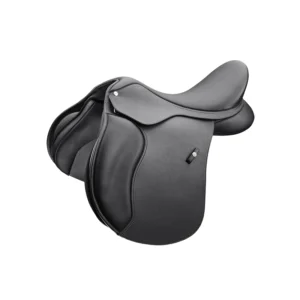

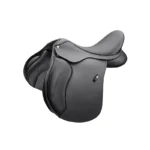
Reviews
There are no reviews yet.